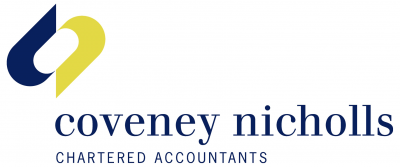Almost 25,000 taxpayers will pay their 2019/20 tax bills in monthly instalments through HMRC’s expanded time-to-pay service.
The Revenue reiterated the option to spread the cost of their tax bills ahead of the midnight deadlines for 2019/20 tax returns on 31 January 2021.
While the time-to-pay facility is nothing new, HMRC raised the threshold for such payment plans from £10,000 to £30,000 back in October 2020.
The threshold was increased to help sole traders and partnerships who are reeling from the impact of COVID-19 on their businesses over the last year.
HMRC said tax liabilities worth more than £69.1 million are being spread in up to 12 monthly instalments, with more likely to follow.
Karl Khan, interim director-general for customer services at HMRC, said:
“We know the past year has been tough for many businesses and self-employed people, which is why we’re helping them spread the cost of their tax bill into monthly payments.
“Self-assessment customers can use the self-serve time-to-pay facility for amounts up to £30,000, with almost 25,000 customers already benefiting from the service.”
How to use time-to-pay
Once a taxpayer or their accountant completes their 2019/20 tax return, they will know how much tax they owe to HMRC for the tax year.
Time-to-pay arrangements are only available after the tax return has been filed, and be aware that interest and penalties apply on late filing.
If the tax bill for 2019/20 is less than £30,000, it should be possible to repay the liability in up to 12 monthly instalments.
HMRC does not need to be contacted before setting up an instalment plan as the process is handled online.
Taxpayers can use HMRC’s self-serve facility to set up monthly direct debits to spread the cost of their bill, or we can set it up on your behalf.
Requirements
To use the time-to-pay facility, taxpayers need to have no outstanding tax returns, other tax debts, or other HMRC payment plans set up.
The 2019/20 tax liability needs to be between £32 and £30,000 in order to spread the payments, while the payment plan needs to be set up no later than 60 days after the due date of a debt.
Provisional figures
The Revenue is also allowing taxpayers to submit provisional figures in their 2019/20 returns if the accurate data is unavailable before 31 January 2021.
To indicate provisional figures are being used, the appropriate data item box must be ticked on the tax return.
The actual figures need to be provided as soon as they can be.
Late-filing penalties & appeals
Taxpayers have the right to appeal against late-filing penalties charged when a self-assessment tax return is filed late.
HMRC will accept COVID-19 as a reasonable excuse for missing the 31 January 2021 deadline, as long as the taxpayer:
- explains how they were affected in their grounds for appeal
- submits their 2019/20 tax return as soon as they can.
Pandemic-related personal or business disruption, whether to a taxpayer or their agent, might very well constitute a reasonable excuse.
HMRC has extended the penalty appeal period to three months to give taxpayers and people like us acting on their behalf more time to appeal.
Speak to us about spreading your payments.
